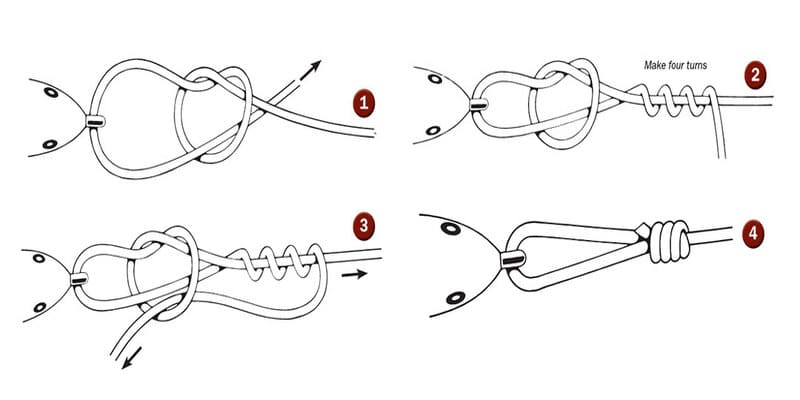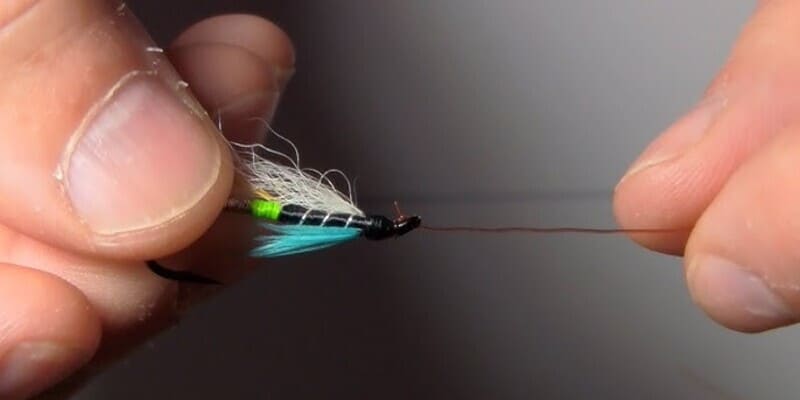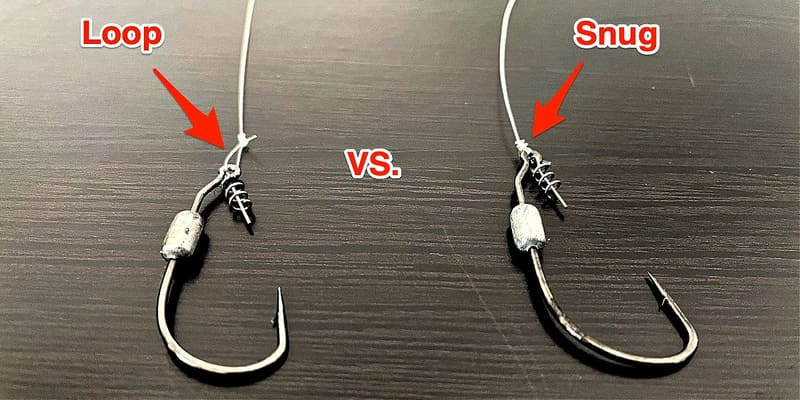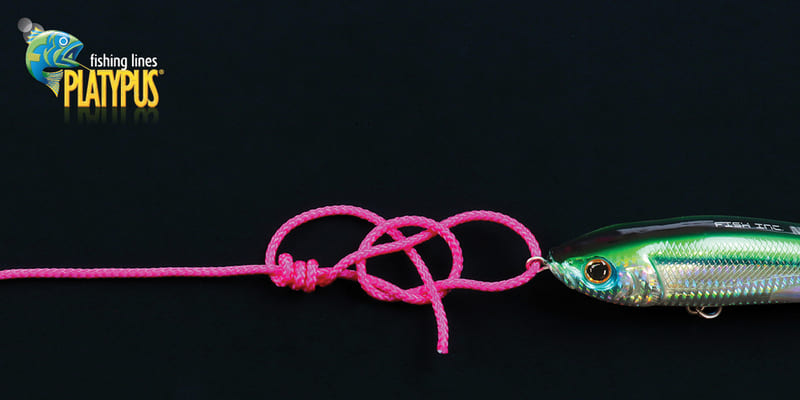Fishing knots loop is known as a loop knot for fishing enthusiasts. It is easy to use when combined with fishing line and floats. So, what is this knot? So what is this knot? Let’s find out with news 10jili through today’s article.
Introduction to fishing knots loop
Fishing knots help players make a difference in being able to hunt big fish. Fishing knots is one of the ways to make your fishing rod much more flexible.

The loop fishing knot is about creating a loop at the end of your fishing line. It is this loop that is used for lacing to:
- Connect two different pieces of fishing line together
- Holding point for fishing line and float, or bait
- Could be the connection point between the fishing line and the hook.
What you need to know about loop knots
Fishing loop knots gives anglers a variety of options along with conveniences when used.
Benefits of using fishing knots loop
Designed for convenience, the loop knot offers the following benefits:
- Strength: The knot is made to withstand the strong pulling force of fish, helping you control large fish without fear of losing them.
- Easy to use: These loop knots allow you to easily tie and untie, even if you are using them for the first time.
- Versatility: There are many different types of knots available to suit your fishing purposes.
- Cost-saving: By using this knot, you won’t need expensive connecting products, yet the effectiveness remains the same.
The most popular types of fishing knots loop today
There are many different types of knots on the market, each with its strengths and weaknesses, detailed below:
Palomar Knot
Advantages: This knot is very simple, easy to tie, and very strong, suitable for many types of fishing lines and hooks.
Disadvantages: It is harder to untie compared to other types of knots.
How to tie: You thread the fishing line through the eye of the hook, then loop the fishing line back and pass it through the hook’s eye again. You create a small loop on the fishing line to pass the end of the line through that small loop. Finally, pull tight to secure the knot.

Clinch Knot
Advantages: You can easily tie and untie the fishing loop knots, and it is also suitable for many types of fishing lines.
Disadvantages: It is not as strong as the Palomar knot.
How to tie: First, create a small loop of fishing knots loop on the fishing line, then pass the end of the line through the loop. Next, wrap the fishing line back around and pass it through the loop again, and pull tight to secure the knot.
See more: https://10jililogin.ph/fishing-deepwoken/
The Uni Knot
The advantage of this knot is its versatility, as it can be used to join lines as well as create anchor points. It is also easy to tie and untie.
Disadvantages: Not as secure as the palomar and clinch knots.
Tying method: Start by creating a small loop in the line, then pass the end of the line through the loop. Continue looping the line and pass it through the loop again, creating another small loop on the line. Thread the end of the line through the second small loop and pull tight to secure the knot.
How to choose the right fishing knots loop
To catch the types of fish you desire, pay attention to choosing the appropriate loop such as:
- The type of fishing line must match the size and material of the knot.
- The hook must also fit the knot in terms of size and shape.
- The type of bait: the loop knot must be suitable for use.
- Your intended use, whether to connect fishing lines, attach hooks, secure bait, or stabilize floats.
Guidelines for checking the security of fishing knots loop
It is essential to check the knot before casting your line. Here’s how to ensure its security:
- Observe the knot: Check if the knot is tied correctly, if it is loose, and if the wraps are sufficient and accurate. Ensure the end of the fishing line is hidden within the loop knot.
- Manual check: Gently tug on the fishing knots loop to assess its security. Pull at a right angle to the knot to feel its strength.
- Force check: For more accuracy, use a force measuring tool to evaluate whether the knot is secure.
- Practical test: Catch a small fish to see if the pulling force is secure, then try with a larger fish. If the knot slips, retie a new knot.
Also, remember to check the knot carefully before fishing and replace the fishing knot loop with a new one if you notice signs of damage or wear.

Conclusion
The article above from 10jili has provided you with useful information about fishing knots loop, as well as its benefits and easy, secure tying methods. Don’t forget to check thoroughly before you fish. Wishing you enjoyable fishing trips!

